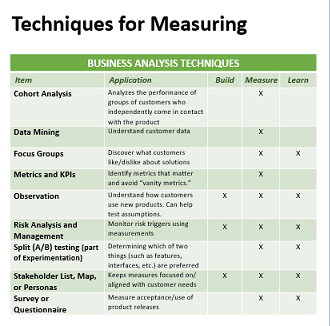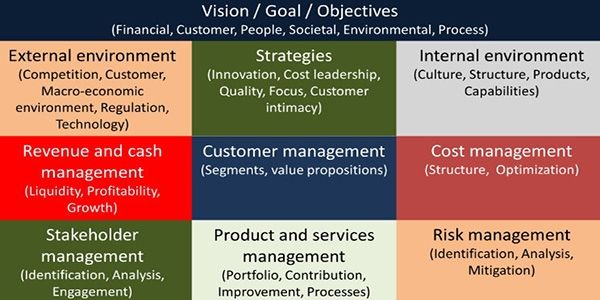Can You Really Play Agile SAFe?
Agile SAFe has been touted by some as being a good solution for the implementation of agile in larger organisations.
However, ever since the idea was first initiated it has been a cause of controversy and disagreement in the agile community. It is helpful to assess whether organisations can really play agile SAFe, considering its benefits and challenges. It is also useful to think about practical factors associated with its implementation, to try and make any use of agile SAFe as beneficial as possible for organisations. These points are considered below.
What is Agile SAFe?
Before progressing, it is important to understand what is meant by agile SAFe. SAFe is an approach that was put forward in 2011, with a view to aiding software development teams to get improved products to market at a greater speed. SAFe stands for Scaled Agile Framework, and since its conception, organisations have been working to build tools that can help with its implementation within larger organisations. SAFe is a framework that aims to help in situations where scale is a factor. Working within SAFe, there is thought to be improved collaboration, especially across different teams, and the making of decisions is centralised. SAFe generally works with a Scrum central to the process, but there is a larger sprint which operates across several teams. Each of these teams use smaller sprints.
Benefits of SAFe
Advocates of the SAFe approach argue that this framework allows its users to use agile at scale. It is suggested that SAFe offers an increased level of agility and a more thorough agile implementation. Proponents of the approach argue that while SAFe may not be as effective as putting a pure agile system in place, in fact it does at least offer a starting point for bigger organisations to put in place more of an agile system. It is therefore suggested that SAFe is not really an absolute target, but rather that it may be used to get organisations moving in a direction towards real agility. It provides an opportunity for large organisations to gain some of the benefits of agile, when they otherwise might not be able to. This may be considered benefit enough by some organisations.
Challenges with SAFe
While SAFe appeared at first to offer an excellent solution as a scaled approach, in fact, evidence suggests that it has not delivered the hoped-for benefits. One of the problems with it has been unrealistic expectations within organisations. It is tempting to believe that SAFe can deliver magical results with little energy expended to achieve this. This is not the case. SAFe requires a transformation of mindsets, not just a few days of training. In fact, in 2017 the Association for Project Management found that mindset change is more important than changing methods. As such, SAFe requires fundamental change to organisational activities and behaviour to make it a success. This takes years rather than months to bring about, so it requires significant commitment and effort. It is not a wonder drug that can suddenly deliver tremendous results. In my experience, business leaders do not necessarily appreciate this. Those who believe SAFe is not helpful also argue that no organisation has ever said that it has been hugely beneficial for them. This is problematic.
Thoughts on Adopting Agile SAFe
Many agile experts argue that SAFe should not be adopted as it is not bona fide agile. Further, SAFe has been dubbed “unSAFe” by some of these same individuals. It is felt that SAFe works against one of the fundamental principles of an agile approach, that of focusing on people and their interactions rather than tools and processes. While on paper it might seem that this framework will offer flexibility, it goes against this when it is aimed to implement it from a practical perspective.
On the other hand, it cannot be ignored that agile SAFe may offer some benefits for organisations that want to start along the journey to true agility, and that this framework does offer an important opportunity for larger organisations that might otherwise not be able to make agile work. While SAFe may be a very imperfect solution, it does help with starting to address some of the challenges of project management within larger organisations.
At best however, it is worth noting that agile SAFe is likely to only work in some organisations, and even then, only some of the time. Each organisation will need to consider its own circumstances and the extent to which it can work on transformation towards an agile mindset as an end goal, for this to be of benefit.
For those that do want to play agile SAFe, it is highly recommended to put in place monitoring and measurement of certain goals. After all, any change ought to deliver benefits including some sort of return on investment. It is worth considering metrics that measure customer satisfaction, productivity, quality (fewer defects), cycle time and release time, stabilisation and employee satisfaction to identify if any of these have improved as a result of putting in place agile SAFe. If not, then the program is not worthwhile.
Summary
Agile SAFe has created a lot of controversy in the agile community. While SAFe does have the potential to bring about some change in working towards a scaled agile approach in larger organisations, there are serious concerns that it may be seen as a “wonder drug” and that many organisations do not put the time or effort required into delivering the transformation of mindsets needed to be truly agile. This can lead to SAFe being considered “unSAFe”. Those large organisations that do want to implement SAFe should perhaps view it as an important starting point along the road to eventually becoming truly agile, realising that the journey will take years rather than months. Having in place a system of measurements to ensure that return on investment is achieved through the use of such a program is highly recommended for those organisations that want to play agile SAFe.





